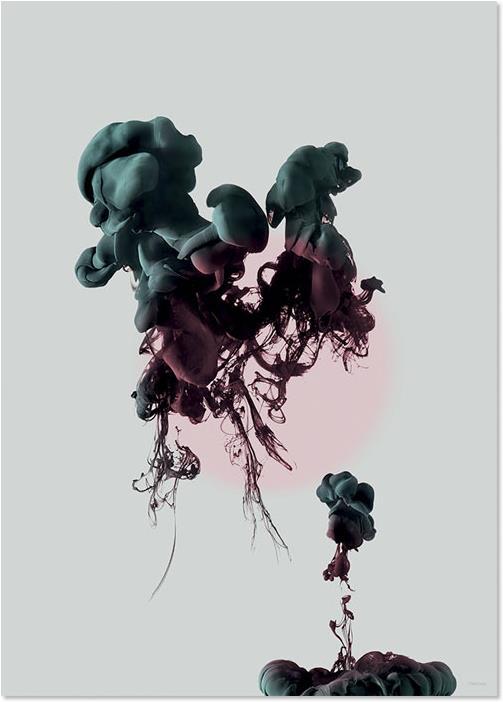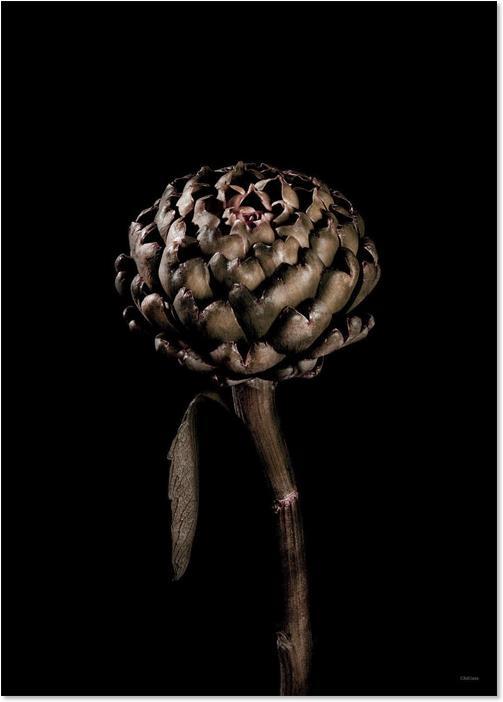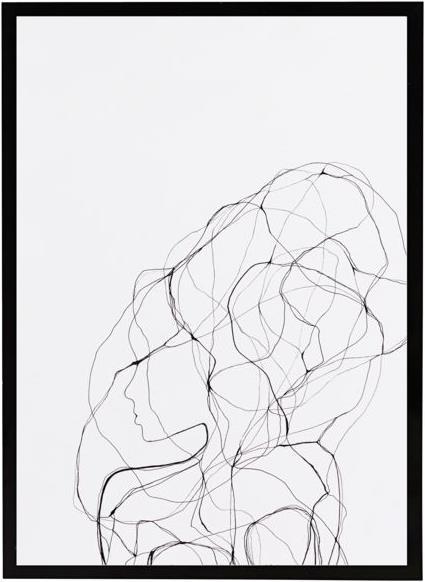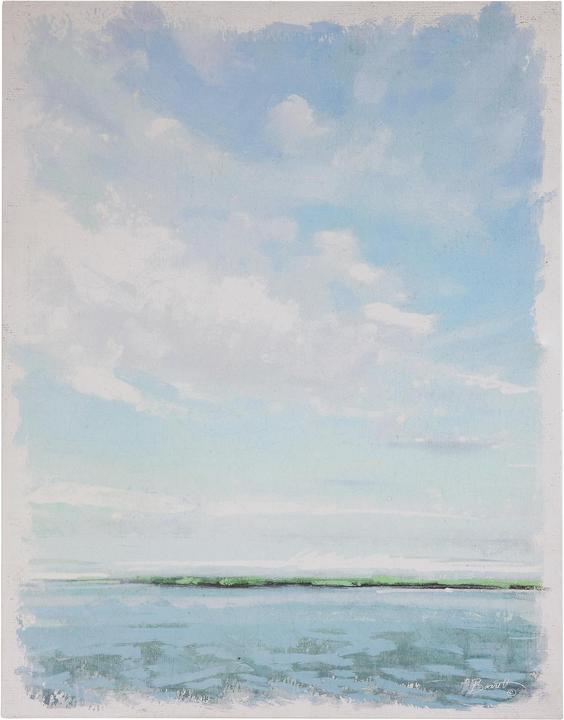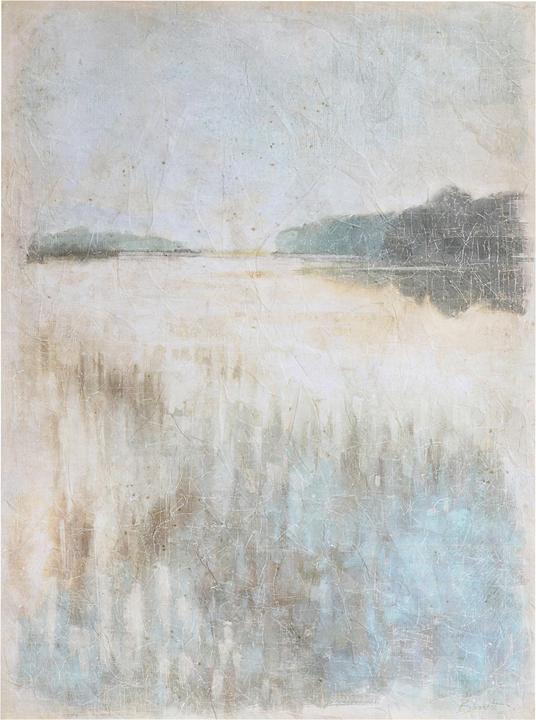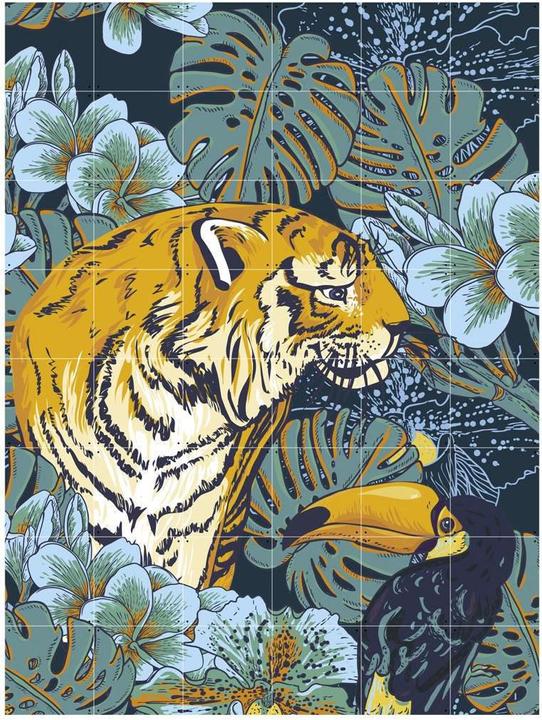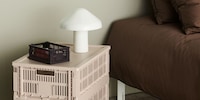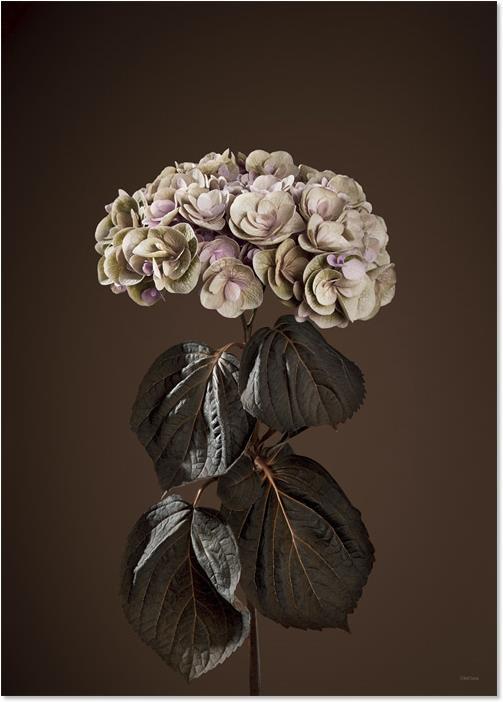
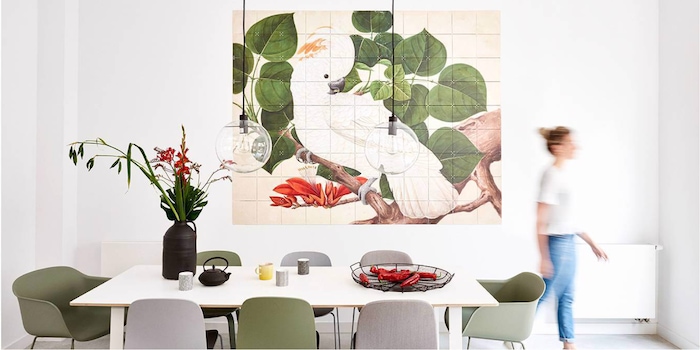
Staging works of art correctly
Your interior is only complete with works of art. In order for them to have their full effect, there are a few things you should bear in mind when placing them.
Art hanging in museums sometimes has something alienating about it. At home, on the other hand, it appears human because it is surrounded by your personal objects and furniture. This sometimes makes it difficult to find the right place for a work of art. Nevertheless, you will succeed in staging it if you pay attention to a few points.
Leave space
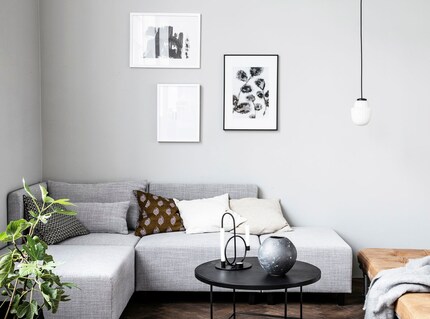
Two-dimensional works of art such as posters or paintings need space to unfold. It is therefore better to plan an extra ten centimetres of space. In terms of height, make sure that the centre of the picture hangs approximately 50 cm above the floor. Unless your picture wall is above a piece of furniture. Then I advise you to measure at least 20 cm from the bottom edge of a work to the sofa or armchair instead of the floor. This will prevent the picture from being hidden by the piece of furniture.
If you are limited in the height and width of your walls, opt for small picture formats that don't overwhelm the room.
Lighting
Artworks are made to be in the spotlight. Most acrylic and oil paintings can withstand sunlight. However, be careful with photos, drawings and watercolours: colours can fade and change your artwork over the years. So protect it with a place away from the window.
In addition to ambient lighting, you can emphasise the effect of your pictures by highlighting them with table and floor lamps. A nice side effect: you can create atmospheric light with additional lamps. Alternatively, direct individual spotlights from your ceiling lighting in the direction of the walls where you have placed pictures.
Coordinating colours
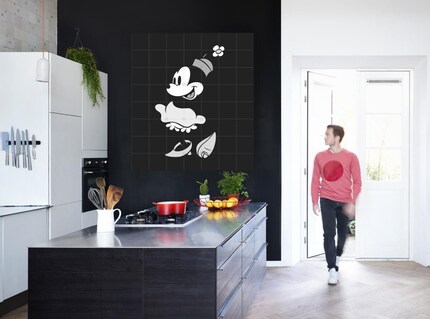
Because every work of art is different, the wall should also be colour-coordinated with it. Instead of white, choose a colour that appears in the picture as a background or the exact opposite: a contrast creates tension and dark colours make works of art stand out in particular.
A tone-on-tone wall design for individual walls, on the other hand, brings calm and helps to define areas in large rooms.
Form pairs
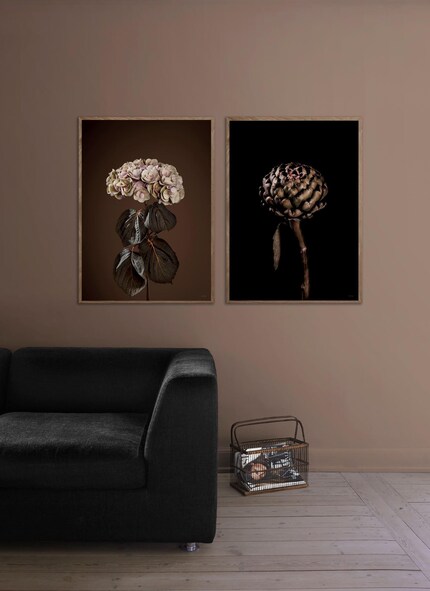
Some images are twice as powerful when they have a counterpart. You can create a thematic link between two works. Even picture frames create a common denominator. Go for gallery walls if you have lots of small pictures. By curating them, you emphasise each individual work and create the wow effect you know from exhibitions.
Because opposites attract, breaks in style are allowed, especially with groups of pictures: combine metal frames with natural wooden versions, for example.
Think around the corner
Your artwork doesn't always have to be in the centre of a wall. They can also score points in niches. Place some pictures on a wall at least 20 cm away from the corner and mirror the same distance on the adjacent wall to place more works there.
Styling to fit
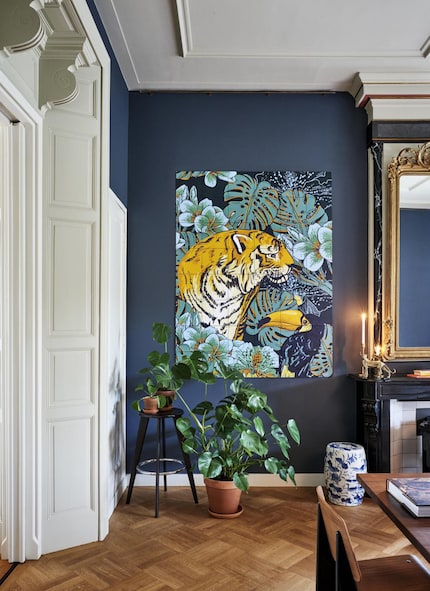
Motifs in images can be further developed with objects in space. Support the subject of a landscape or a jungle with plants around it, for example. Play with optical illusions. This supports a harmonious overall picture.
Hanging elements such as a mobile in front of a picture are also unusual. Depending on the incidence of light, they cast a shadow on it and bring movement into play.
Framing
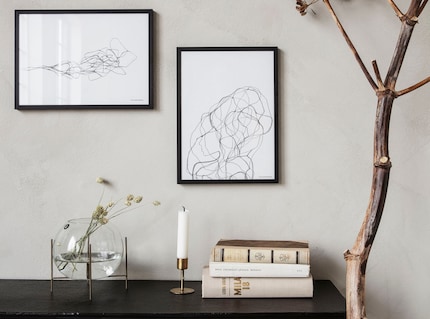
Picture frames are like the cherry on the cake. They create a link to your interior. If you have a lot of wooden furniture, wooden or metal picture frames are ideal. Contrasts also create excitement here. Go for borderless frames for a purist style of living. Classic paintings look best in gold and ornate gold frames.
Think independently of walls
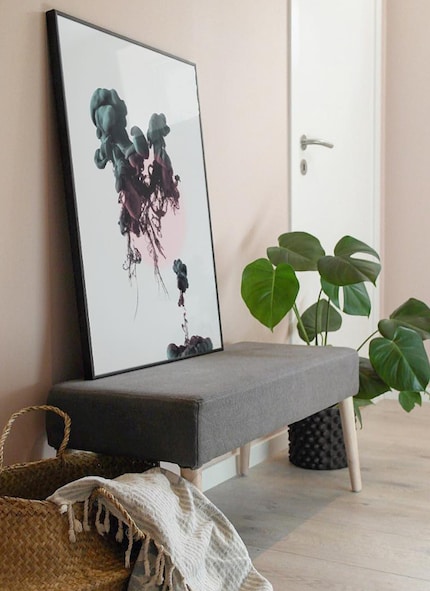
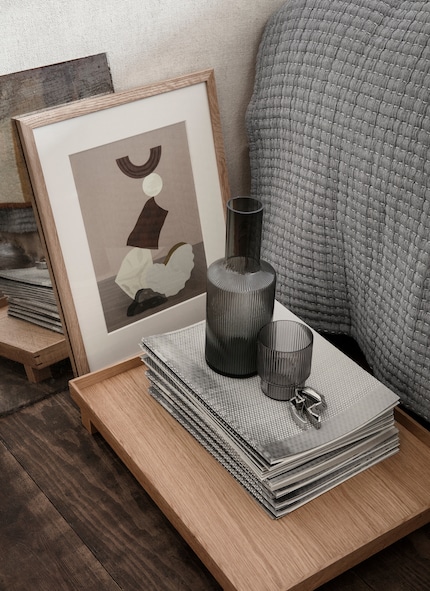
Art doesn't just have to hang on walls. Choose a variety of display surfaces, from sideboards to shelves. Even the floor is allowed, as long as the work is of a certain size and doesn't sink. Otherwise it runs the risk of stealing the show from anything else hanging at eye level. You can also create zones by deliberately placing a work of art above a piece of furniture.
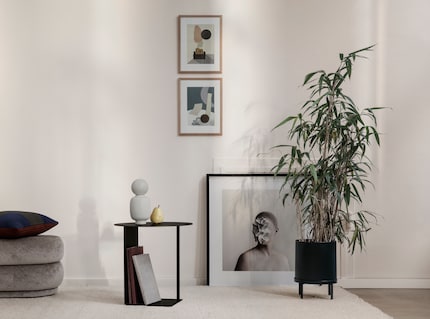
When the art is still missing
Leave me a comment with a photo if you have any questions about staging it properly and follow me to stay in the loop. In the next article, I'll give you some tricks for choosing a motif if you don't have any art to hang up yet.
Like a cheerleader, I love celebrating good design and bringing you closer to everything furniture- and interior design- related. I regularly curate simple yet sophisticated interior ideas, report on trends and interview creative minds about their work.
Practical solutions for everyday problems with technology, household hacks and much more.
Show all